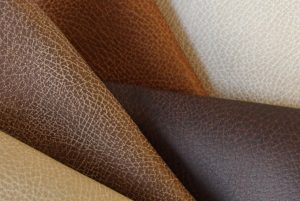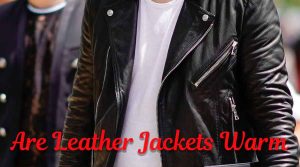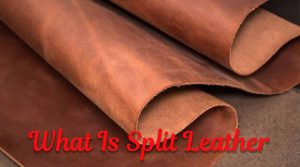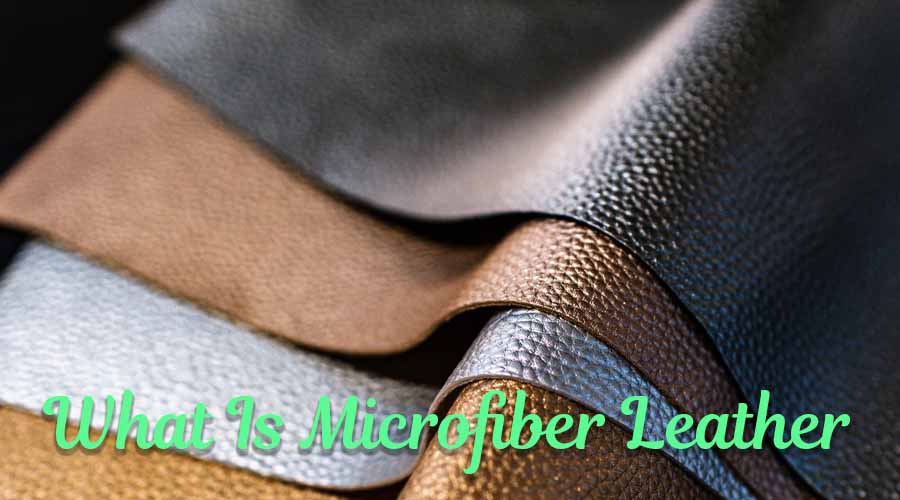
What Is Microfiber Leather
What Is Microfiber Leather ?
Introduction
Microfiber leather is a synthetic material that is designed to resemble genuine leather. It is made from microfiber and other synthetic materials, which are woven together to create a durable and versatile material that can be used in a variety of applications. The purpose of this blog post is to provide a comprehensive overview of microfiber leather and its key features, so that you can make an informed decision about whether this material is right for you.

Understanding Microfiber Leather
Origin of Microfiber Leather
Microfiber leather was first developed in the 1980s as a way to create a synthetic material that would resemble genuine leather, but with improved durability and versatility. The material has since become widely used in a variety of applications, including furniture, automotive interiors, and clothing and accessories. Microfiber leather is often marketed as a more sustainable alternative to genuine leather, as it requires less land, water, and energy to produce and does not require the use of animal hides.
Composition of Microfiber Leather
Microfiber leather is made from a combination of microfiber and other synthetic materials, such as polyester or nylon. The microfiber is woven together to create a durable and versatile material that can be used in a variety of applications. The synthetic materials used in microfiber leather are designed to mimic the look, feel, and texture of genuine leather, but with improved durability and resistance to stains and water damage.
Comparison with Genuine Leather
One of the main advantages of microfiber leather over genuine leather is its durability. Microfiber leather is resistant to stains, water damage, and wear and tear, making it a good choice for applications where genuine leather would quickly become damaged or stained. Microfiber leather is also a more cost-effective option than genuine leather, as it requires less land, water, and energy to produce and does not require the use of animal hides. Additionally, microfiber leather is often marketed as a more environmentally friendly option than genuine leather, as it does not contribute to the deforestation or overgrazing of land that is often associated with the production of genuine leather.
Advantages of Microfiber Leather
Durability
One of the main advantages of microfiber leather is its durability. The synthetic materials used in microfiber leather are designed to withstand wear and tear, stains, and water damage, making it a good choice for applications where genuine leather would quickly become damaged or stained. This makes microfiber leather a good choice for furniture, automotive interiors, and clothing and accessories that are subjected to heavy use and exposure to the elements.
Resistance to Stains and Water Damage
Microfiber leather is also resistant to stains and water damage, making it a good choice for applications where genuine leather would quickly become stained or damaged. This makes microfiber leather a good choice for furniture, automotive interiors, and clothing and accessories that are exposed to spills, rain, and other forms of moisture.
Cost-effectiveness
Microfiber leather is a more cost-effective option than genuine leather, as microfiber leather are often more readily available and less expensive than genuine leather, making it a cost-effective option for a wide range of applications. Furthermore, the durability and resistance to stains and water damage of microfiber leather mean that it will last longer and require less maintenance over time, making it a more cost-effective option in the long run.
Environmental Sustainability
Microfiber leather is often marketed as a more environmentally friendly option than genuine leather, as it does not contribute to the deforestation or overgrazing of land that is often associated with the production of genuine leather. Additionally, the synthetic materials used in microfiber leather are often recyclable, which helps to reduce waste and minimize the impact on the environment. Furthermore, the production process for microfiber leather typically requires less land, water, and energy than the production of genuine leather, making it a more sustainable option.
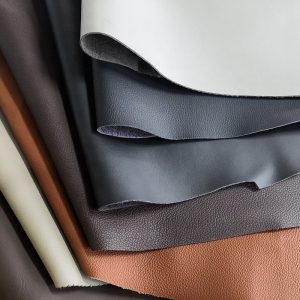
Disadvantages of Microfiber Leather
Lack of Authenticity
One of the main disadvantages of microfiber leather is that it does not have the same authentic look and feel as genuine leather. Although the synthetic materials used in microfiber leather are designed to resemble genuine leather, they do not have the same texture, color, or aroma as genuine leather. This can make microfiber leather less appealing to some people who are looking for a genuine leather product.
Limited Breathability
Another disadvantage of microfiber leather is that it is often less breathable than genuine leather. This can make it less comfortable to wear or use in applications where genuine leather would allow for greater breathability. Additionally, the synthetic materials used in microfiber leather can be prone to retaining odors, which can make them less appealing for some people.
Potential for Discoloration
Microfiber leather can also be prone to discoloration over time, especially when exposed to sunlight or other sources of UV light. This can make the material look faded or worn out, which can detract from its overall appearance. Additionally, the synthetic materials used in microfiber leather can be prone to fading or discoloration when exposed to certain chemicals or cleaning agents, which can also impact its overall appearance.
Conclusion
Microfiber leather is a synthetic material that is designed to resemble genuine leather. It is made from microfiber and other synthetic materials, which are woven together to create a durable and versatile material that can be used in a variety of applications. The key advantages of microfiber leather include its durability, resistance to stains and water damage, cost-effectiveness, and environmental sustainability. However, the disadvantages of microfiber leather include its lack of authenticity, limited breathability, and potential for discoloration. Ultimately, whether or not microfiber leather is right for you will depend on your specific needs and preferences.
